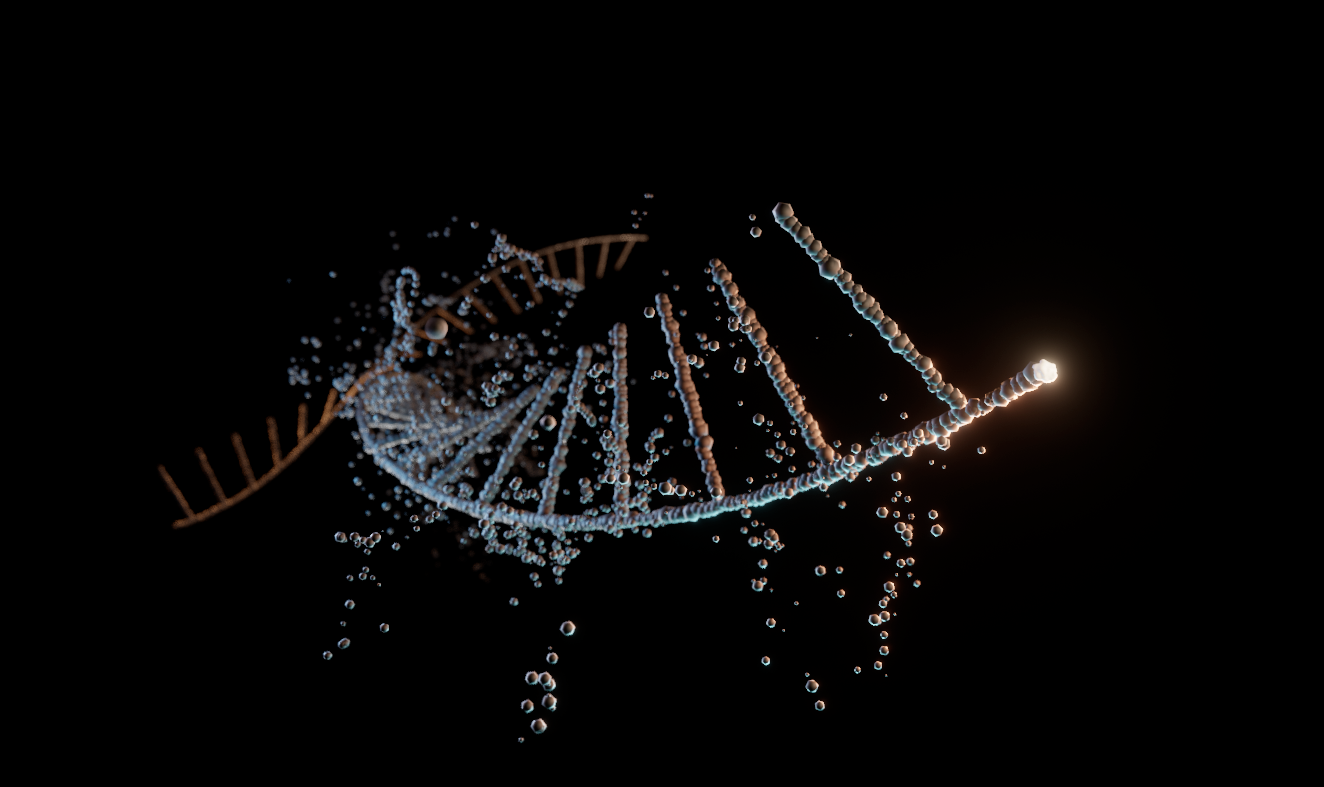Reviewed by Danielle Ellis, B.Sc.Jun 9 2022
At the Nagoya University in Japan, scientists have come up with a new chemical-only process that might signify an essential discovery in making tailored mRNA vaccines for a range of diseases and enable the low-cost making of mRNA in large quantities.
 New synthesis method opens up exciting new pathways to targeted vaccine development. Image Credit: Reiko Matsushita.
New synthesis method opens up exciting new pathways to targeted vaccine development. Image Credit: Reiko Matsushita.
At the time of the COVID-19 pandemic, mRNA vaccines were successful in boosting immunity. Such vaccines tend to teach cells how to make a protein activating the immune response of the body, thereby enabling its natural defenses to identify the attacking virus.
But present vaccines that utilize biological processes do not allow the accurate molecular design of mRNA, restricting their use in making new vaccines as variants arise.
As reported in ACS Chemical Biology, a research group headed by Professor Hiroshi Abe and Associate Professor Naoko Abe of the Graduate School of Science at Nagoya University has come up with the first chemical synthesis technique for mRNA.
In their study performed, the research group synthesized a part of the mRNA known as the cap. The cap is significant since it encourages the translation of mRNA into proteins and safeguards mRNA from degradation. For synthetic mRNA to be made, such as that utilized in vaccines, the two biological techniques used depend on enzymes to integrate the cap structure into the mRNA.
But the scientists discovered that their method could synthesize a range of chemically altered mRNA strands along with a cap structure.
Our research suggests that it is possible to make mRNAs with precisely introduced chemical modifications with complete control over the process. The molecular design reported in our study exhibits five times higher translational activity than that of enzyme-produced natural-type mRNA. This means that mRNA can be synthesized in large quantities at low cost using chemical synthesis.”
Hiroshi Abe, Professor, Nayoga University
Chemically altered mRNA could be utilized to make customized vaccines against a range of infectious diseases including cancers and viruses.
By introducing these chemical modifications, the mRNA becomes stable. This could allow for the creation of long-lasting and effective mRNA vaccines. In addition, it could allow mRNA to be administered directly instead of using lipid nanoparticles, which are used for delivery in current vaccines.”
Hiroshi Abe, Professor, Nayoga University
Researchers stated, “One of the exciting implications of this research is that this could be used in the next generation of vaccines. We hope that the capping method reported here will be of great use in the development of RNA therapeutics.”
Source:
Journal reference:
Abe, N., et al. (2022) Complete Chemical Synthesis of Minimal Messenger RNA by Efficient Chemical Capping Reaction. ACS Chemical Biology. doi/10.1021/acschembio.1c00996